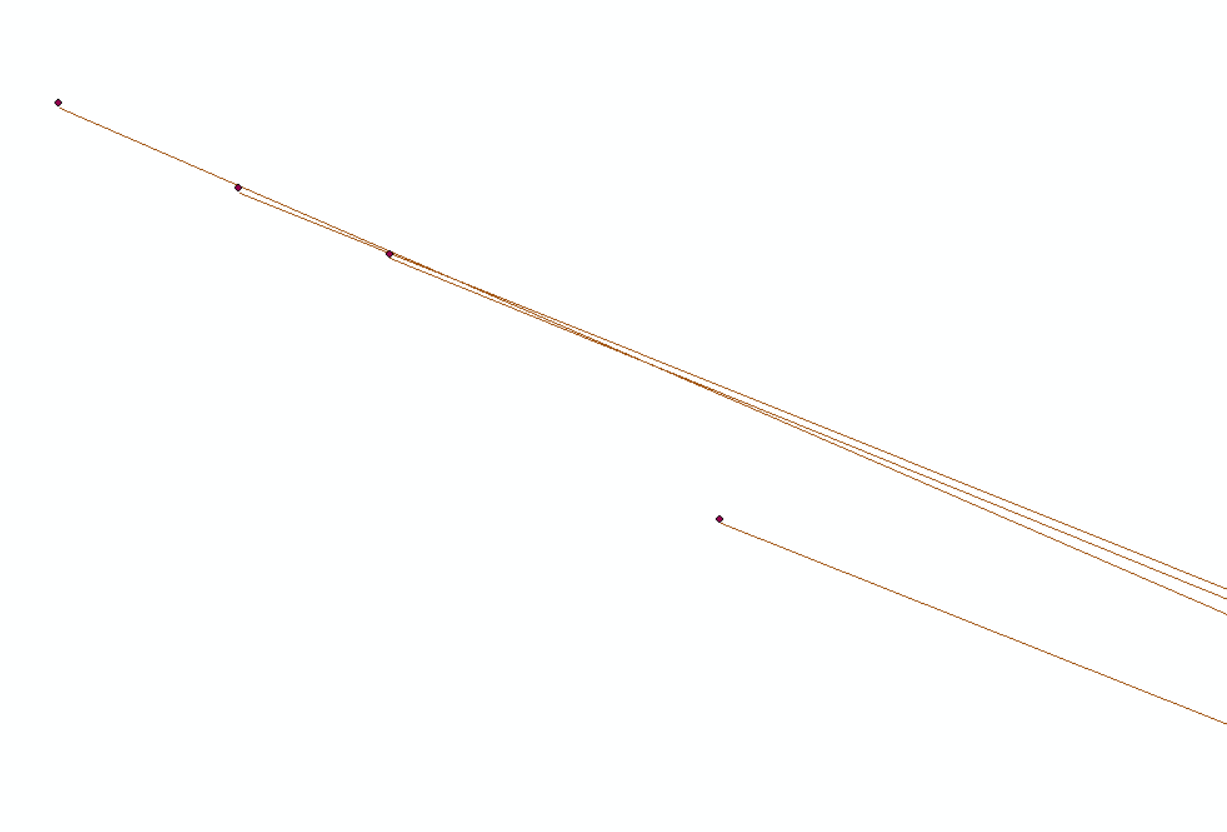I'm looking for a workflow suggestion or a transformer suggestion. I'm a light user of FME and I have Drill Traces, 3D Polyline files, that are missing their DrillHole ID. I have a DrillHole point file with the correct HoleID in it. The DrillHoles are typically within 0.02m of the beginning of the drill trace. I'm looking for a way to populate an Attribute added to the Drill Trace file to add the Hole ID to it. Both files are Shapefiles. I have attached a screen shot showing the Drill Hole and the Drill trace. I have about 7000 of these I need to match so doing it manually is not an option. Is there a proximity transformer or something that will pull the Hole ID into an attribute into the Drill Trace file from from the Hole point file that is closest to the beginning of the trace? Thank you!








